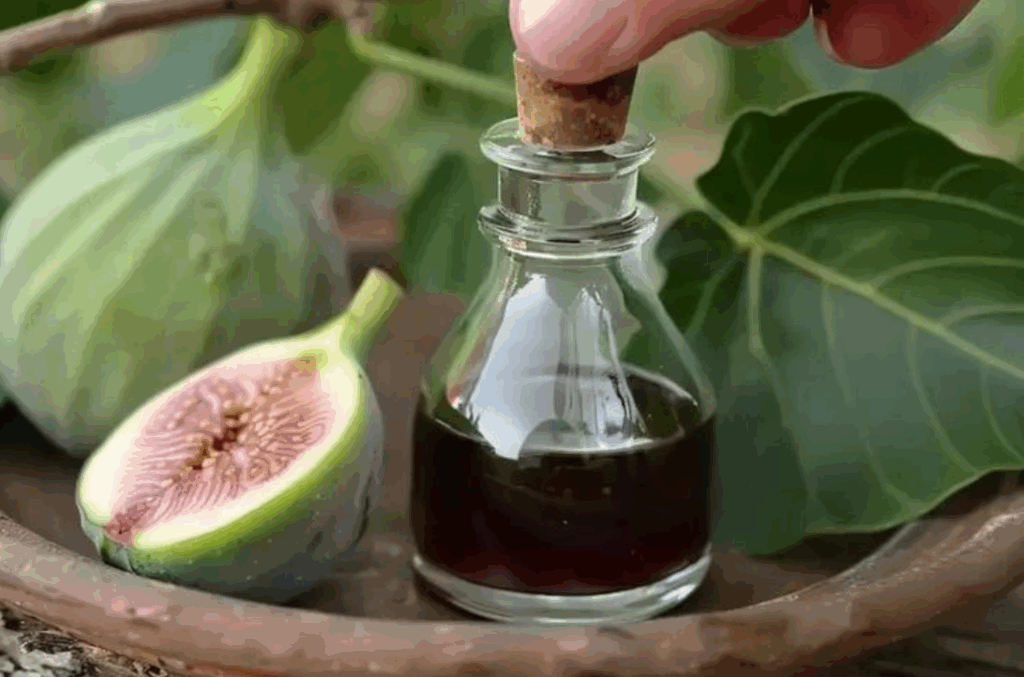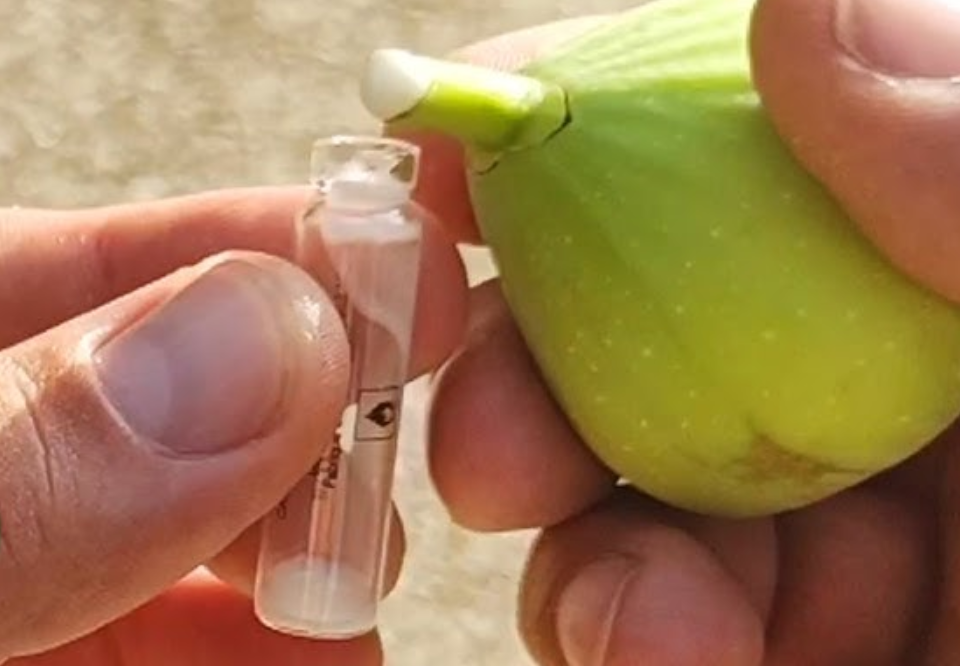Have you ever noticed the milky sap that appears when you pick a leaf or break a branch from a fig tree? This unique substance, known as fig sap or fig latex, has been valued for generations in traditional medicine and even in kitchens around the world. While figs themselves are well-known for their sweet flavor and health benefits, the sap remains a lesser-known treasure. If you are interested in natural wellness and curious about the hidden gems in your own backyard, learning about fig sap may open a new chapter in your journey toward better health.

What Exactly Is Fig Sap?
Fig sap is the creamy, white fluid that seeps from the leaves, stems, or unripe fruits of a fig tree when they are cut or damaged. This sap contains a blend of natural enzymes, including ficin, along with other plant compounds that give it special properties. For centuries, people have used fig sap in folk remedies, as a plant-based coagulant in cheese-making, and even in beauty routines.
Traditional and Modern Uses of Fig Sap

Across many cultures, fig sap has played a role in home remedies. Healers have applied it to skin growths like warts and corns, relying on its natural enzymes to help break down unwanted tissue. Some have used it as a topical remedy for minor fungal skin issues, believing in its cleansing and soothing qualities.
In the kitchen, fig sap’s enzymes have been used to help curdle milk, making it a plant-based alternative to animal rennet in cheese-making. This practice has roots in ancient culinary traditions and continues in some regions today.
Some people have experimented with diluted fig sap as a digestive aid, as its enzymes may help break down certain foods. However, it’s important to note that scientific research on these uses is still developing.
What Science Says About Fig Sap

Modern researchers have identified several active compounds in fig sap, including ficin, which is a type of proteolytic enzyme. Studies suggest that ficin and other components may have anti-inflammatory and antimicrobial effects. Some laboratory research has found that fig sap may help reduce certain skin growths and could have mild effects against bacteria and fungi.
Research also points to the antioxidant potential of fig sap, which means it may help protect cells from everyday environmental stress. While these findings are promising, most of the evidence comes from laboratory studies or small-scale trials. More research is needed to fully understand how fig sap works in people and how it can be used safely.
Precautions and Safety Tips

Fig sap is powerful, but it should be handled with care. The sap contains plant compounds that can make skin more sensitive to sunlight. This can lead to redness, irritation, or even blistering if the skin is exposed to the sun after contact with the sap. Wearing gloves and washing your skin thoroughly after handling fig sap is a wise precaution.
Some people may experience itching, redness, or an allergic reaction even without sun exposure. If you have sensitive skin or a known allergy to latex, be especially careful. Ingesting fig sap is not recommended unless under the guidance of a healthcare professional, as it can cause digestive discomfort.
How to Use Fig Sap Safely
If you are interested in exploring the uses of fig sap, consider these guidelines:
- Always test a small amount on your skin first and wait to see if any irritation develops.
- Wear gloves when harvesting or applying fig sap, and wash your hands thoroughly afterward.
- Avoid sun exposure on areas where fig sap has touched your skin.
- Do not consume fig sap unless directed by a healthcare provider.
- Consult your doctor before using fig sap for any health purpose, especially if you have allergies or sensitive skin.
Everyday and Creative Uses for Fig Sap

Fig sap is not just for folk medicine. Its unique properties make it useful in several ways:
- Some people apply a dab of sap to skin growths, allowing it to dry, and then repeat as needed, always watching for irritation.
- Home cheese-makers sometimes use fig sap as a natural way to curdle milk.
- Gardeners may use fig sap to help propagate new plants or as a gentle natural pesticide.
- In some beauty routines, fig sap is included in skincare products for its exfoliating qualities.
The Value of Figs Beyond the Sap
While the sap is intriguing, don’t forget the many health benefits of figs themselves. Figs are rich in fiber, vitamins, and minerals, making them a nutritious addition to your diet. The leaves and fruit have also been used in traditional remedies, and fig trees hold cultural significance in many parts of the world.
Is Fig Sap Really Worth Its Weight in Gold?
Fig sap is a fascinating natural resource with a long history and growing scientific interest. Its enzymes and plant compounds offer potential benefits for skin care, digestive support, and even culinary adventures. However, it must be used with care, as it can cause skin reactions and sun sensitivity.
If you are curious about natural remedies or enjoy experimenting in the kitchen, fig sap is worth learning about. Always prioritize safety, consult your healthcare provider, and explore the many ways figs can enhance your well-being.
Have you ever used fig sap or tried making cheese with it? Share your experience in the comments below, or send this article to a friend who loves discovering nature’s hidden treasures! For more health tips and natural wellness ideas, explore our site and stay inspired.
Disclaimer: This article is for informational purposes only and does not substitute professional medical advice. Consult your doctor before making health changes.



